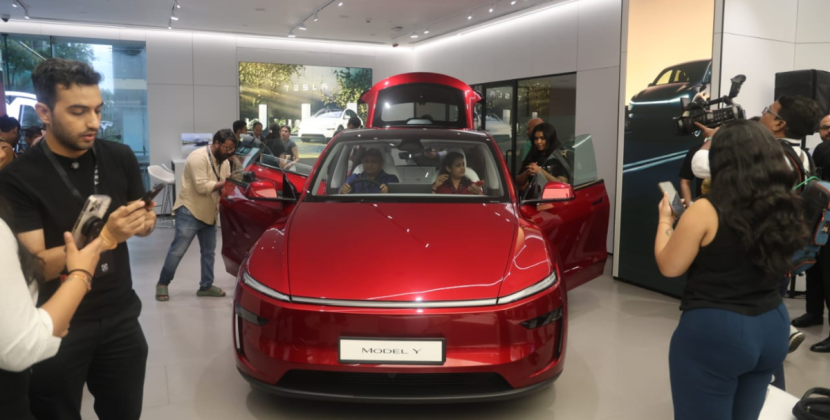
From positive responses to memes ridiculing the prices, here’s how the internet is reacting to Tesla finally coming to India.
Tesla arriving in India was nothing short of a monumental feat in the country’s automotive landscape. Ever since Chief Minister of Maharashtra, Devendra Fadnavis, cut open the ribbon of Tesla’s first showroom in India at the Bandra Kurla Complex, the Internet has gone into a frenzy, flooded with reactions from all corners of the nation.
From common people to noted industrialists, many have voiced their opinions about the American EV giant finally landing in India after years of planning, discussions, and negotiations. While some netizens were excited and thrilled with the prospect of Tesla running on Indian roads, others were left wanting for various reasons. Here’s a few of the reactions that caught our way on X (formerly Twitter).
Tesla welcomed in India with open arms
A large section of the online population was positive about Tesla setting shop in India. An X user named Sanatanii tagging Fadnavis said, “Tesla’s arrival in India is a landmark moment. Maharashtra government under CM Fadnavis welcomed this move, highlighting Mumbai’s strength as India’s financial capital and a global business hub. India will embrace Tesla with open arms.”
Tesla’s entry to India also evoked reaction from Anand Mahindra, Chairman of Mahindra & Mahindra, who is being seen as a direct counterpart to Elon Musk in India. Taking to his X account, Mahindra welcomed Musk and Tesla to India saying, “One of the world’s largest EV opportunities just got more exciting. Competition drives innovation, and there’s plenty of road ahead. Looking forward to seeing you at the charging station.”
The corporate world was also optimistic about TeslaWant to buy the Tesla Model Y? Here’s what you’re actually paying starting business in India. EY, one of the Big Four accounting firms, was hopeful that Tesla’s entry in India would bring in more investments for EV infrastructure. In an official statement, Vinay Raghunath, Partner, Automotive and Mobility Sector Leader, EY India said, “Tesla’s entry into the Indian market does mark a milestone in the country’s electric mobility journey.”
He added, “While its initial impact may be more symbolic, it will undoubtedly elevate consumer awareness, spark greater interest in EVs and set new benchmarks in connected and autonomous mobility. This move will also encourage OEMs and ecosystem players to step up innovation and accelerate investments in EV infrastructure and technology.”
Tesla’s entry sparks meme fest
While some were excited with Tesla’s latest development, a major section of the online crowd was sceptical and outright disappointed, especially with the prices announced for Model Y, the company’s first product launched in India.
Anish Gawande, National Spokesperson of NCP, in an interview with Times Now boldly claimed “Mahindra and other EV makers in India are putting out far superior products at far lower price points”. He said that Tesla might only become a status symbol in India for the influential.
Echoing similar sentiments, X user Tech Swami (Aman Nayyar) said, “Rs 60 lakh and a 500 km range. Mahindra, Tata, Hyundai, etc – these brands are better suited for us… and please don’t cry about self-driving features. This is India, you’re not safe even when you’re driving manually. You think you can trust self-driving?”
The internet was flooded with memes ridiculing the idea of Tesla coming to India with its highly advanced autonomous cars in India. X user Pakchikpak Raja Babu shared a clip from a Hindi movie showing two people driving a destroyed car, with the caption, “Coming back after riding Tesla on self-driving mode in India.”
As of now, Tesla has only launched the Model Y in India which is available in two variants: Long Range Rear-Wheel Drive (RWD) and Long Range All-Wheel Drive (AWD). The former is priced at Rs 59.89 lakh while the latter is available at Rs 67.89 lakh (both ex-showroom). The next model in line is expected to be Model 3 which is likely to launch in a few months time.
Discover the latest in the auto world with new cars and new bikes, explore upcoming cars in India, and find your perfect match with cars under 5 lakh, 10 lakh or 15 lakh. Stay updated with the latest auto news and the rise of electric vehicles.
This article was first uploaded on July sixteen, twenty twenty-five, at forty-seven minutes past ten in the morning.

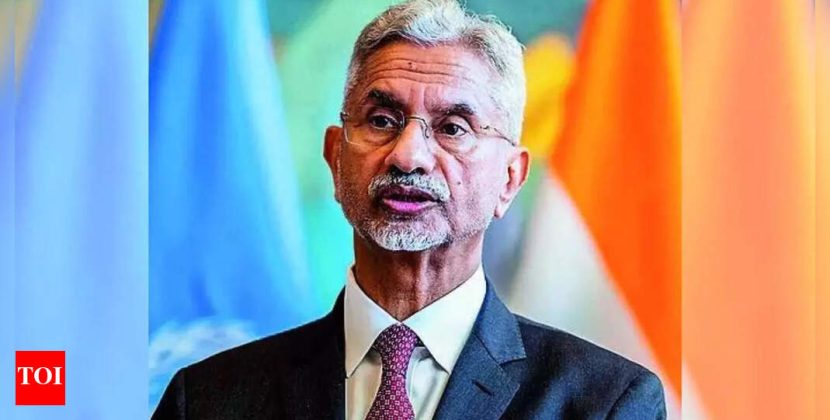
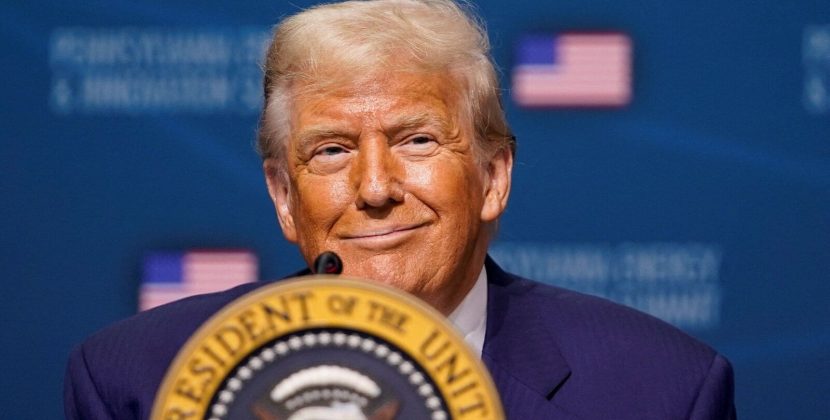





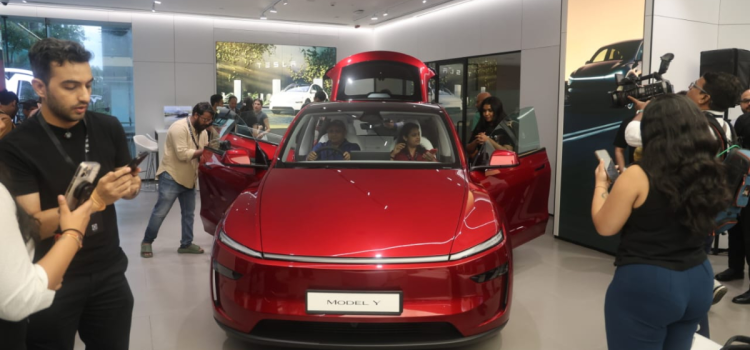
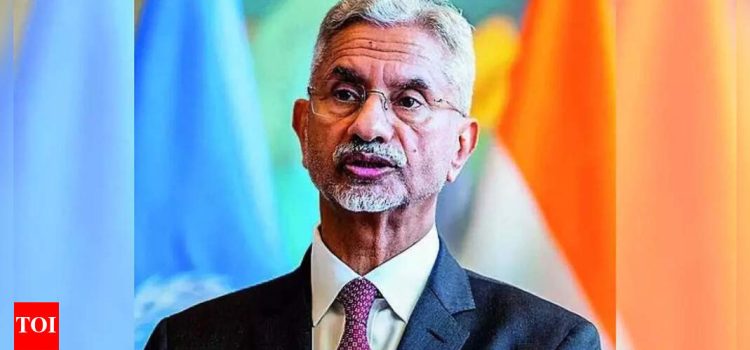
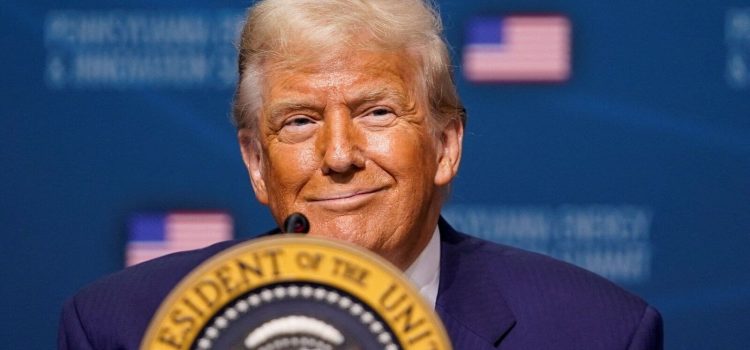
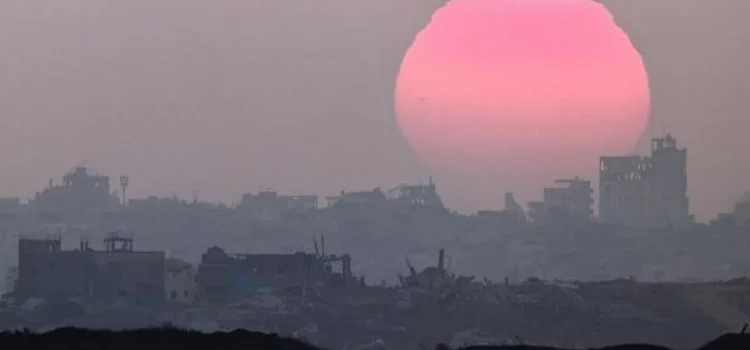
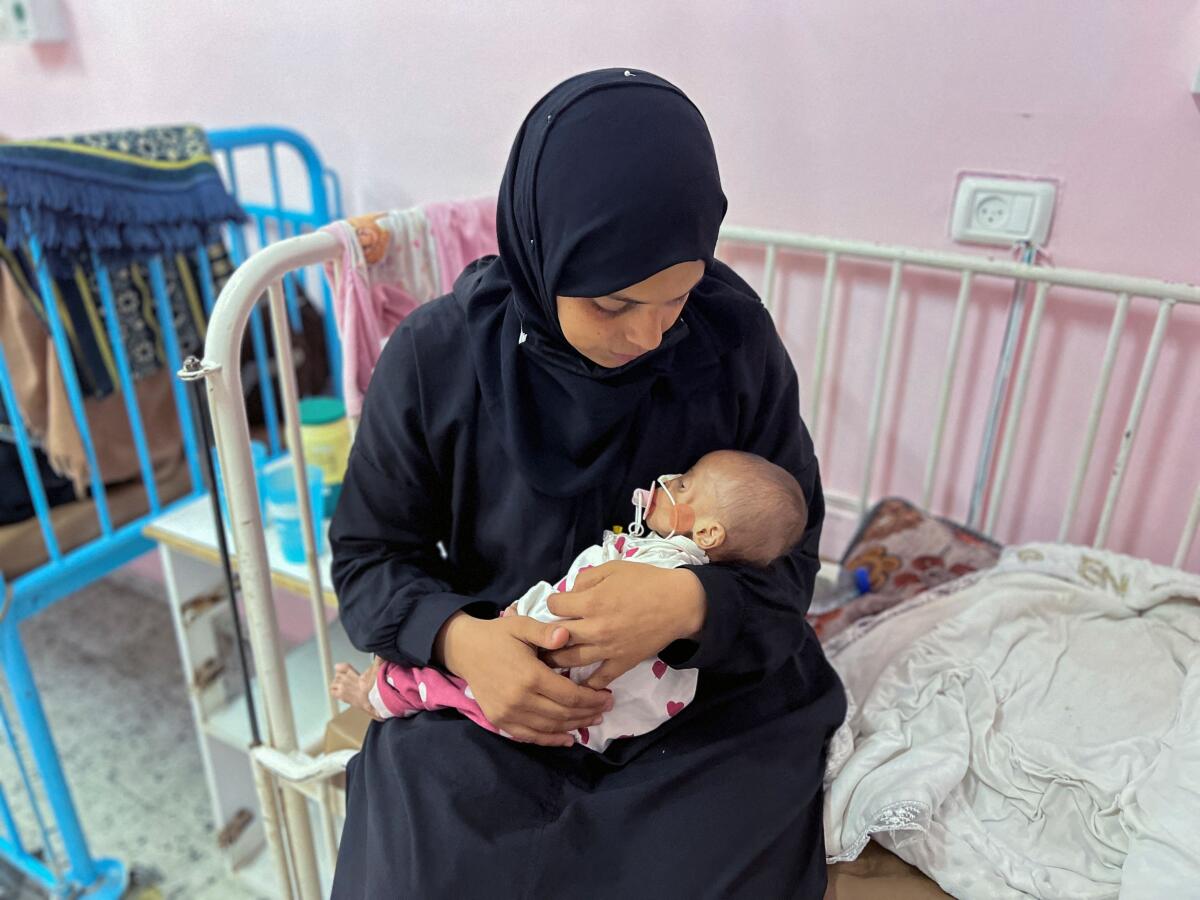
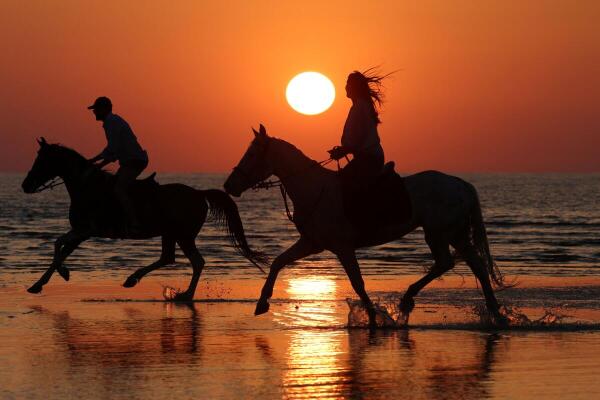
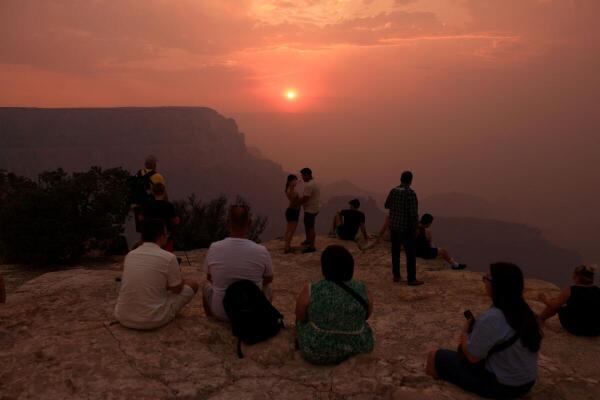
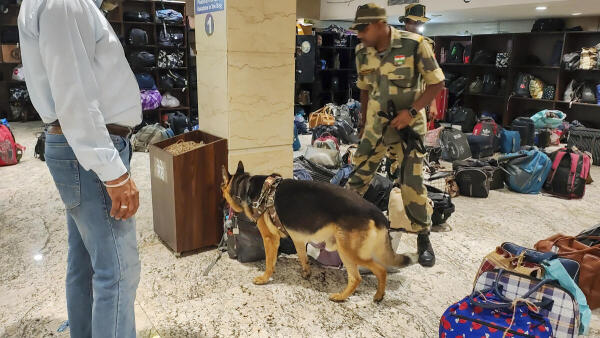
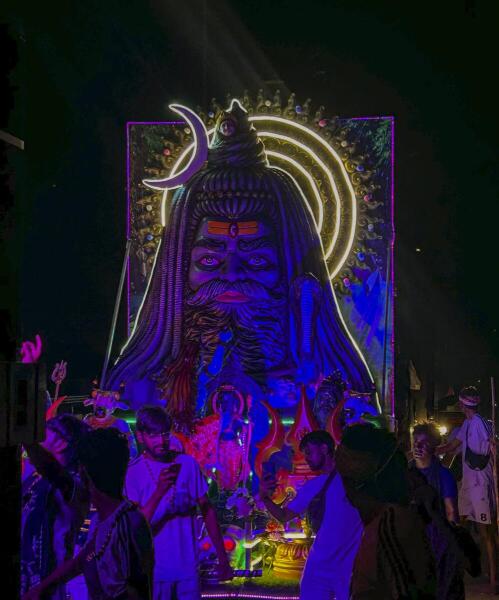
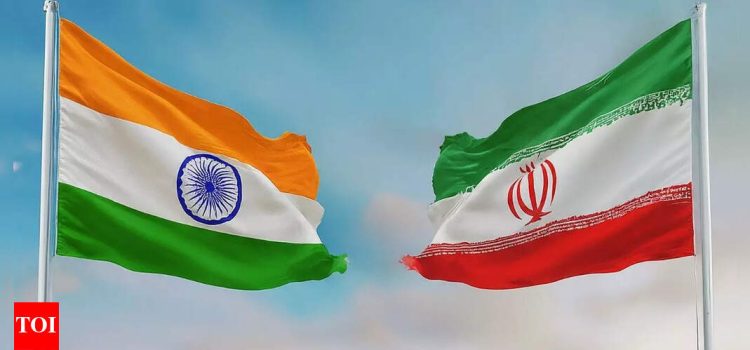
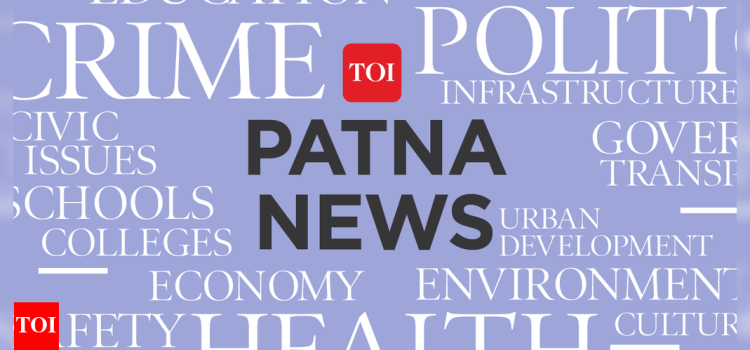
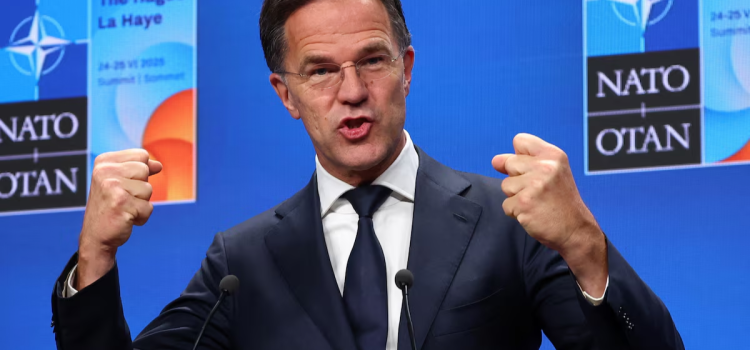
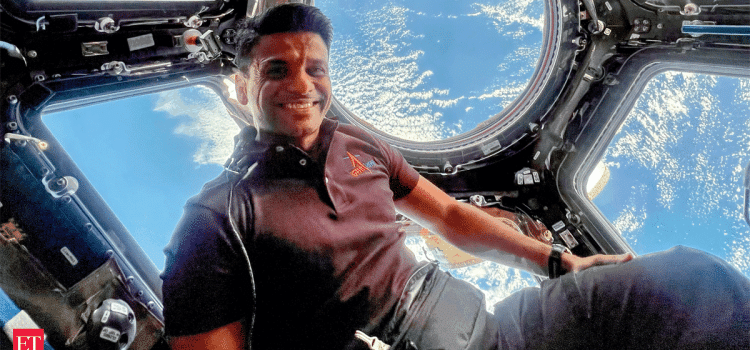
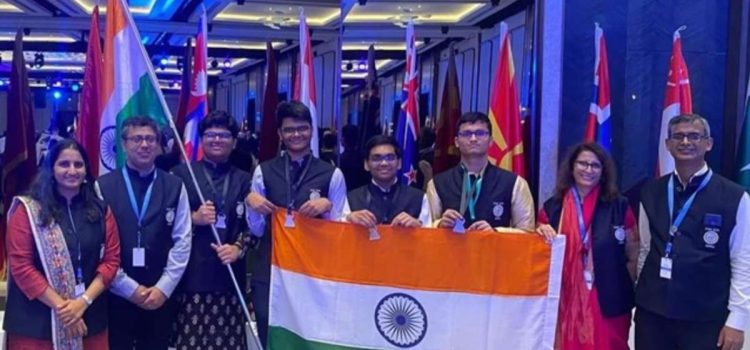
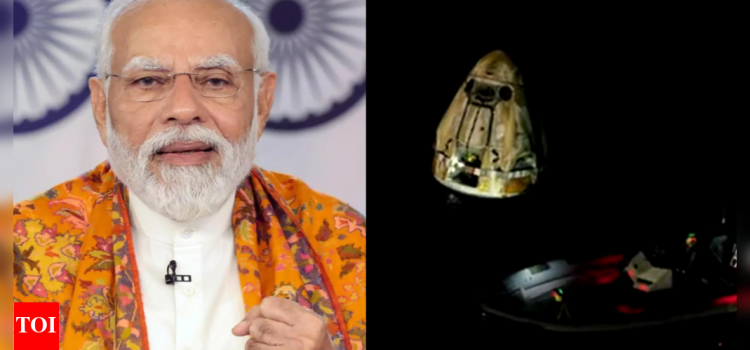

Comments